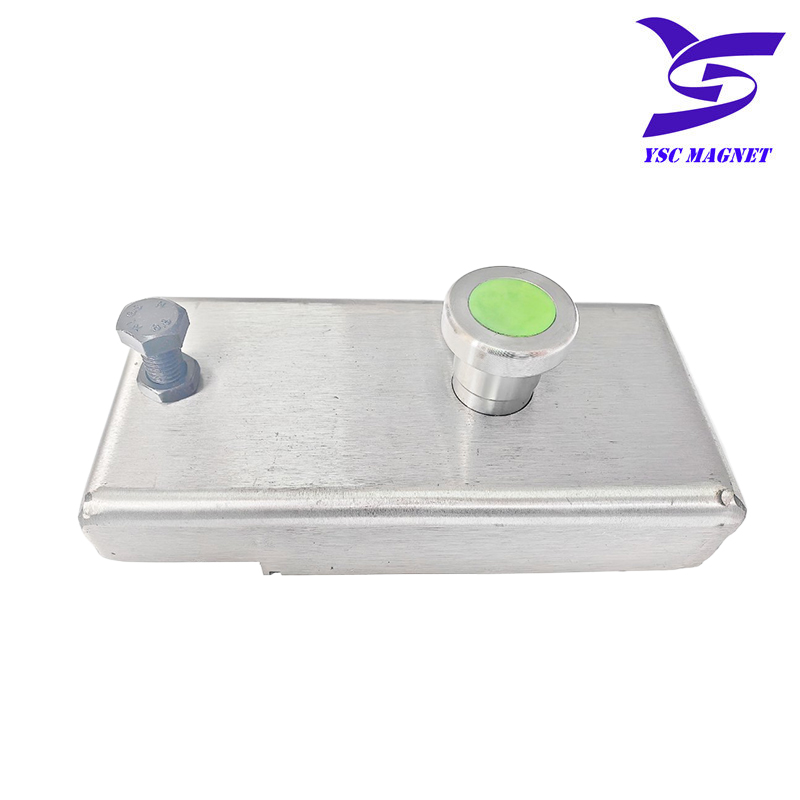- This topic is empty.
-
AuthorPosts
-
2024-10-28 at 1:58 pm #61277
https://www.cnysckj.com/Performance-Testing-of-Ndfeb-Magnet-Box-A-Comprehensive-Guide.html
The performance of an NdFeB magnet box is crucial in determining its suitability for various applications. In this article, we will explore the different aspects of performance testing and evaluation for NdFeB magnet boxes.
NdFeB magnet box

One of the primary tests is to measure the magnetic flux density. This can be done using a gauss meter or a hall effect sensor placed at specific locations around the magnet box. By taking multiple readings, a comprehensive map of the magnetic field strength can be obtained. This helps in understanding the uniformity and intensity of the magnet's field.
The coercivity of the NdFeB magnet is another important parameter. It indicates the ability of the magnet to resist demagnetization. Higher coercivity means the magnet is more stable and less likely to lose its magnetism under external influences. Specialized equipment is used to determine this value accurately.
Pull force testing is also essential. This involves measuring the force required to separate the magnet box from a ferromagnetic object. Different distances and orientations can be tested to get a detailed understanding of the magnet's pulling capabilities. This information is vital for applications where the magnet needs to hold or move objects.
Temperature stability is a significant consideration. The performance of the NdFeB magnet can change with temperature variations. Tests are conducted to assess how the magnet's properties, such as flux density and coercivity, are affected by different temperatures. This helps in determining the operating temperature range of the magnet box.
Resistance to corrosion is another factor. NdFeB magnets are prone to corrosion in certain environments. Tests are carried out to evaluate the magnet box's resistance to moisture, chemicals, and other corrosive elements. This ensures its durability and long-term performance.
In addition to these individual tests, comprehensive performance evaluations may also include fatigue testing to determine the magnet's ability to withstand repeated use and cycling. Long-term stability tests can be conducted to monitor the magnet's performance over an extended period.
During the testing process, it is essential to follow standardized procedures and use calibrated equipment to ensure accurate and reliable results. The data obtained from these tests provides valuable insights for manufacturers to optimize the design and manufacturing process of the NdFeB magnet box. It also helps end-users make informed decisions when selecting the right magnet box for their specific needs.
https://www.cnysckj.com/Custom-Ndfeb-Magnet-Box-Tailoring-for-Specific-Needs.html
http://www.cnysckj.com
https://www.cnysckj.com/Performance-Testing-of-Ndfeb-Magnet-Box-A-Comprehensive-Guide.html -
AuthorPosts
- You must be logged in to reply to this topic.